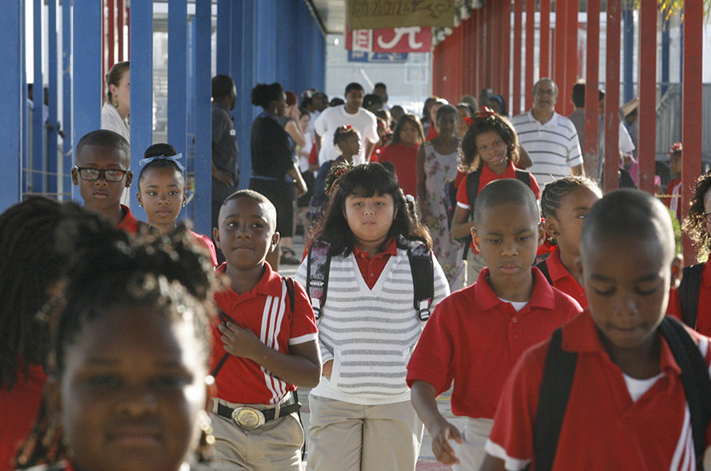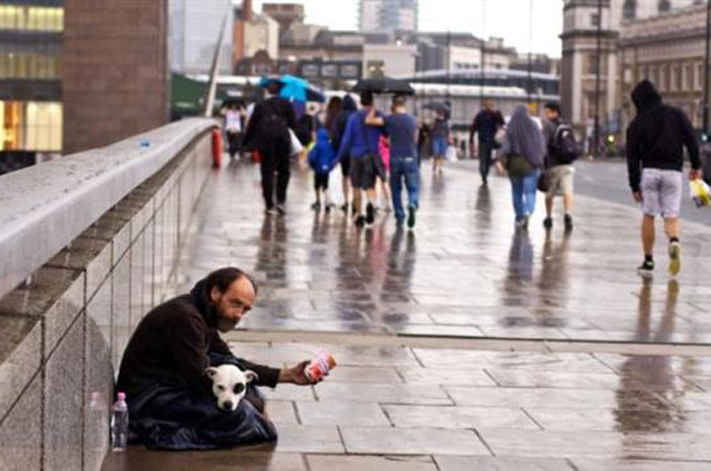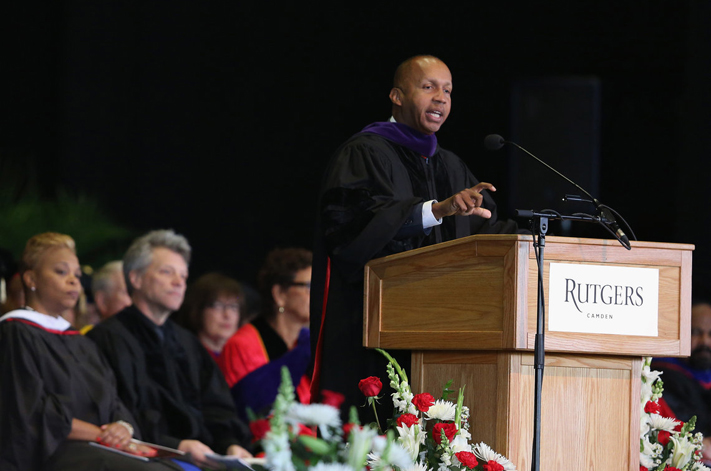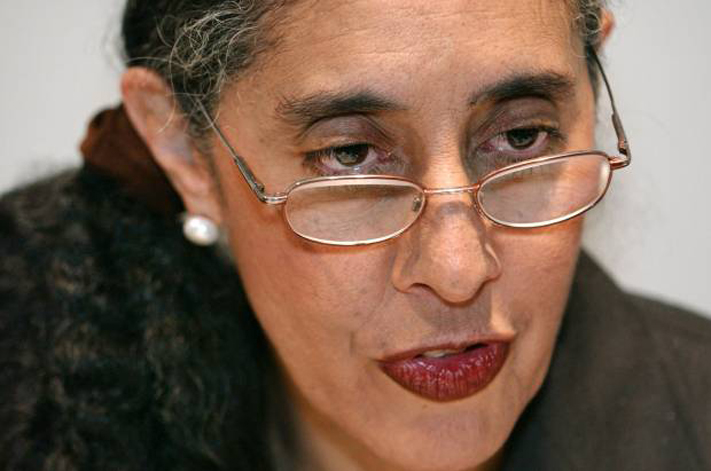Project Description
Download the Flyer The ABC’s of Achievement Gaps Policy Brief
- By the time they reach fifth grade, many disadvantaged students lag their wealthier peers by one to two years in reading and math achievement. Policy responses often include standardized tests and teacher evaluations based on students’ scores on those tests. When the failure is deemed too widespread to fix through new hiring or firing, the entire school may be taken over or shut down. These responses are often ineffective.
- If weak teaching skills and poor educational leadership drive achievement gaps, increasing the quality of instruction and strengthening administration should narrow them. As test score data from the National Assessment of Educational Progress demonstrate, however, achievement gaps stubbornly persist. Indeed, Washington, D.C., and New York City, two hubs of reform efforts targeting teacher efficacy, have some of the largest gaps, and average scores in New York have declined in the past decade. The reality is that efforts to close gaps must account for when they appear: before children start kindergarten.
Why early education is key to closing achievement gaps:
- Achievement gaps emerge and expand among young children. Socioeconomic-class-based gaps are visible at 18 months. One well-regarded study found that, by age 3, the gap was substantial: children of professional parents had over twice the vocabulary of their low-income peers, and they used more words to speak to their parents than the poorest mothers used to speak to their own children.
- Family and community economic and cultural circumstances shape foundations for learning. Most college-educated parents read to their children on a daily basis, but only a minority of children whose parents have a high school education or less enjoy that benefit. Highly educated parents have more books in the home than do less-educated parents, and they more often read at home for pleasure or work, modeling regular reading for their children. Higher-income parents are also more likely to take their children to visit the museums, zoos, beaches, and other attractions that provide context for what they read, making books and stories meaningful and personal.
- Our inadequate early childhood education system fails to address these realities. In stark contrast to other Western nations, the United States has no consistent early childhood education system. Rather, our largely privatized patchwork of child care and prekindergarten programs puts low-income children at a major early disadvantage. Even where government-subsidized programs exist, waiting lists are long. Moreover, subsidies are so low that programs are often of low quality and poorly designed to support parents’ long or unusual work schedules.
- Our achievement gaps could be substantially narrowed if we prioritized prevention over remediation. Children who arrive at kindergarten ready to listen attentively, play cooperatively, and focus on learning not only boost their teachers’ efficacy and classmates’ learning potential, they save schools, communities, and the country money. These students repeat fewer grades and receive fewer special-education services; are more likely to graduate from high school, go to college, and get better jobs; and they commit fewer crimes. Investing in knowledgeable, nurturing early childhood caregivers and in enriching early educational experiences is thus critical to narrowing the achievement gap and to ensuring that all children can thrive. The Broader Bolder Approach to Education campaign proposes policies that act on this fundamental truth.
Elements of a broader, bolder early childhood education system:
- Invest in policies that develop, support, and sustain consistent, nurturing, knowledgeable early childhood caregivers. Research demonstrates the benefits of having caregivers who understand early childhood development. Yet many parents fail to receive supports that promote child well-being, and the education level of early childhood teachers and caregivers is low and falling, with turnover high. Even compared with women who have equivalent credentials, this largely female workforce is underpaid. Linking program quality to compensation and providing incentives for current workers to gain early childhood credentials will help professionalize the field and attract better talent. Scaling up home visits and other parent education programs and investing in early childhood workers will improve the life prospects of children whose early years are shaped by these caregivers.
- Ensure that all children have access to the enriching early education that expands their horizons and lays the foundation for healthy development across domains. It is not enough that children know their ABCs and 123s. Young children learn best when education is hands-on; aligned with individual, linguistic, and cultural needs; and when it addresses the whole child. Activities that promote early literacy, numeracy, science, and art through creative play, and that expose children to life outside of the classroom, help them to take advantage not just of school, but of the wider world.
- Turn our disjointed programs into a well-resourced, aligned, birth-to-8 system. Currently, only some U.S. children enjoy enriching experiences provided by knowledgeable, consistent caregivers. If we begin now and invest well, in 10 years all children could reap the rewards, benefiting us all. From birth through early elementary school years, we must build systems that ensure quality care and education at each step, provide smooth transitions from one age to the next, and offer support for families to teach and learn at home. A mix of federal, state, and local resources and public-private partnerships will be needed.
Early childhood education is a rare policy agenda that can claim strong support from both Republican and Democratic policymakers, as well as from prominent economists and labor leaders. It’s time to learn our ABCs and invest scarce resources in what experts say is among the smartest societal investments.
The Broader Bolder Approach to Education is a national campaign that acknowledges the impact of social and economic disadvantage on schools and students and proposes evidence-based policies to improve schools and remedy conditions that limit many children’s readiness to learn. www.boldapproach.org











